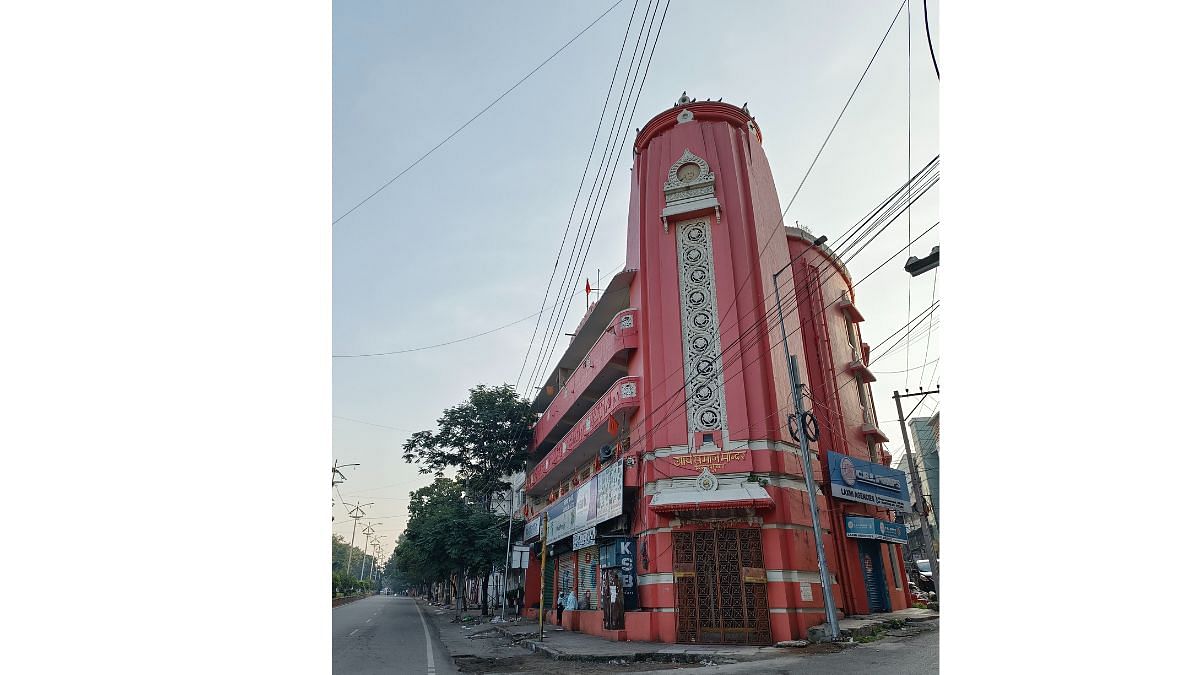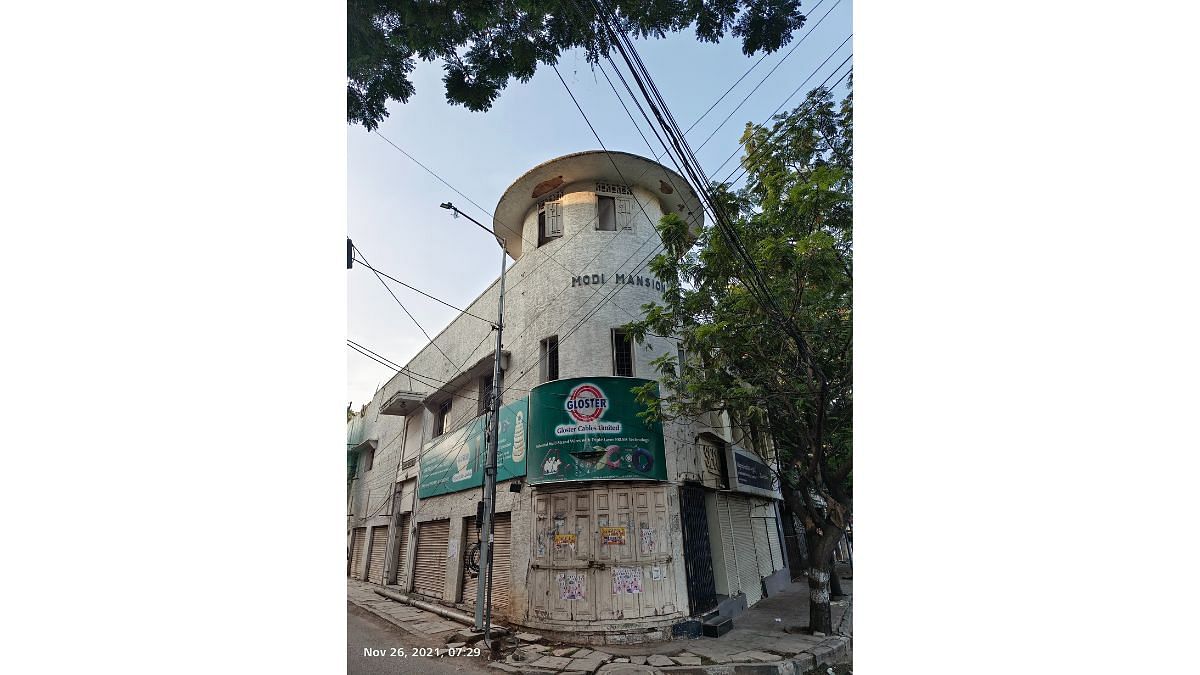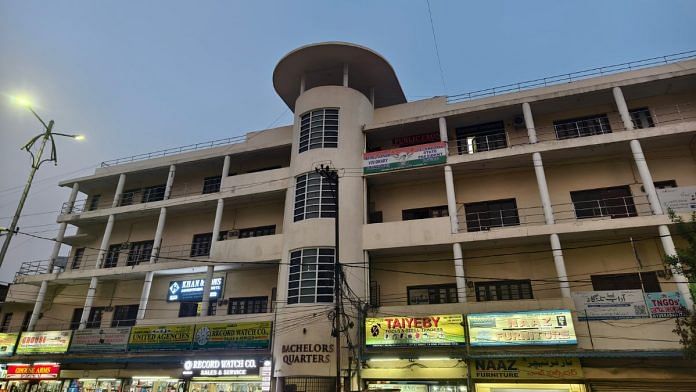
Art Deco is a form of architecture that comes from the 1925 ‘L’exposition internationale des arts décoratifs et industriels modernes’ (International Exhibition of Modern Decorative and Industrial Arts), held in Paris. It highlighted new styles of art, architecture, decorative arts, and industrial designs coming up in Europe and across the world. The 100th anniversary of the Art Deco style architecture was marked on 29 April.
The exhibition was held specifically to showcase only new and modern designs, and no historical designs or styles were allowed. Just a few years before that, the American newspaper Chicago Tribune held a competition among architects to design its then-new building. The competition also set the tone for America’s foray into the design philosophy of Art Deco architecture.
The word ‘Art Deco’ in fact was popularised much later in the 1960s, but it essentially has three forms of design: zigzag or jazz moderne, streamline moderne and classical moderne. Zigzag buildings were essentially more opulent (some included inspiration from ancient Egyptian and Mayan cultures), while classical Art Deco was more muted as the Great Depression in the 1930s made its impact in the US.
The third one, streamline moderne, stuck to industrial designs, with buildings often designed to look like ships, or planes, or even automobiles. This is what we find in Hyderabad.
Hyderabad has a layered history: It has ancient medieval architecture, followed by the later Nizam-era mix of post-Mughal buildings, which also includes a blend of European architecture. And between these monuments and public spaces, the Art Deco heritage of our city is completely overlooked.
One of the best examples of this is the Bachelors’ Quarters building in Abids, located across the Moazzam Jahi market (built in 1935 as a market in Indo-Saracenic architecture by the last Nizam of Hyderabad, Osman Ali Khan). Built in 1941, the Bachelors Quarters—-with its ocean-liner facade—-once housed progressive Urdu writers for years.
Another building that has always caught my eye is the Arya Samaj Mandir on RP Road in Secunderabad. It is an absolutely stunning structure. Until a few years ago, the Jeera colony behind it was filled with lived-in Art Deco homes. While a few still stand, many have been torn down.

Unlike Mumbai, where the Art Deco buildings (like those in Marine Drive) are protected, nothing of that sort safeguards such structures in Hyderabad. Sooner or later, most of them will make way for new construction. In a way, I get it. Many of these homes belonged to joint families that have since split, and naturally, the properties get divided too.
That said, the Art Deco era was influenced by a fascination with transportation technology in the 1940s and 1950s. Hyderabad’s old airport in Begumpet, built by the last Nizam, is also a beautiful structure.
Across the city, even in its busiest market areas of Abids and Secunderabad, you can still spot several Art Deco buildings. Many of these buildings have interesting typography on them. Give it a few decades, and our Art Deco heritage will stand as a century-old reminder of how the idea of technology once shaped design itself.
It’s always nice to look at old photos of things that don’t exist anymore and reminisce. What’s better is if they stand the test of time. That way, we can show the future generations what modernity once looked like. Art Deco can be that, and this applies to every Indian city where it exists.
(Edited by Ratan Priya)








